Waterville’s links originated in 1889 with nine holes. Then called the Waterville Athletic Club, the course was operated by the Commercial Cable Company. Over the next 50 years, the membership fluctuated with the demand for cable communication. When the company folded in the 1950s, so too did the club.
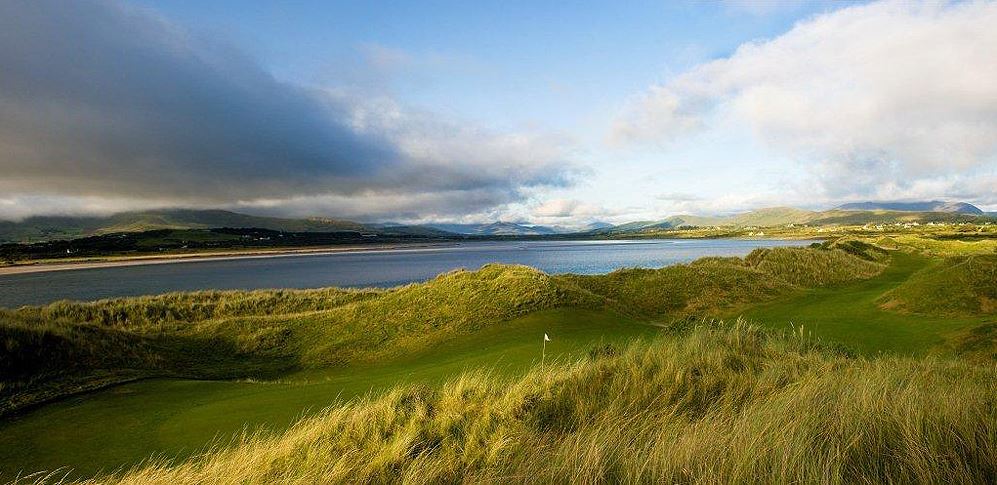
The links lay dormant until an Irish-born American, John A. Mulcahy, purchased the property in 1968 and set about resurrecting the course. Mulcahy hired Ireland’s foremost links architect, Eddie Hackett. Hackett was later joined in the endeavor by Mulcahy himself and none other than Mulcahy’s close friend, Claude Harmon, by then the head professional at Winged Foot Golf Club.
In 1987, Mulcahy sold the course to a group of Irish Americans. Shortly after, Waterville gained acceptance as one of Ireland’s best links courses, most notably, by touring pros. Among these were U.S. Open champion Payne Stewart and friends like Ernie Els, Jim Furyk, Mark O’Meara and Tiger Woods. O’ Meara, Stewart and Woods – along with Stuart Appleby, David Duval and Lee Janzen – all became members of Waterville.
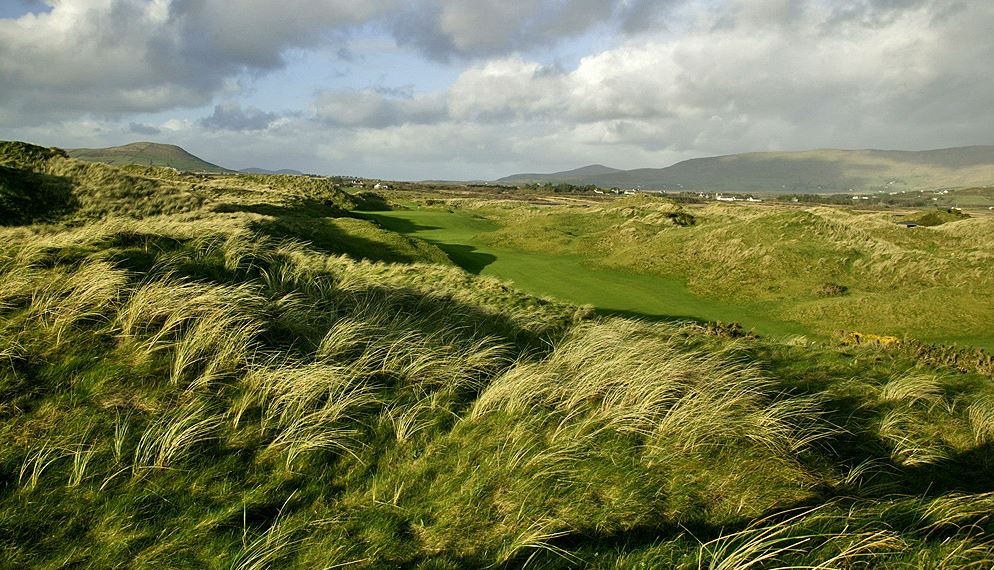
Up until his tragic death in an airplane crash in 1999, Stewart was a frequent visitor to Waterville. He enjoyed the golf, the club’s relaxed vibe and friendly people, as well as the outstanding fishing nearby. The club never forgot Payne’s spirit. That allegiance is now enshrined for eternity. In his memory, Waterville members erected a statue of Stewart on a spot near the first tee. Americans preparing to drive hit their initial shot at Waterville will recognize a familiar figure.
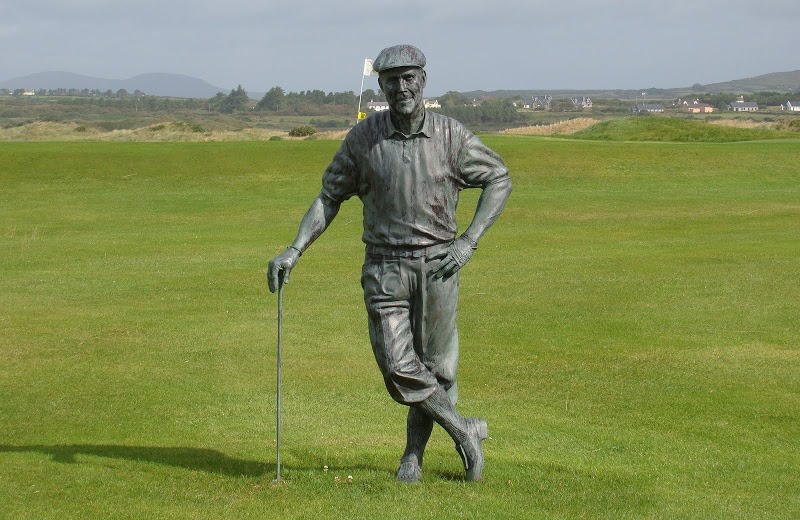
In 2004, the illustrious American architect, Tom Fazio, completed a two-year, $6-million remodel of Waterville’s links. Though an associate was on hand throughout the renovation, Fazio made six trips to the job site, a considerable number of visits for an architect with high-end projects around the world. “[Waterville] is truly mystical and a wonderful place to be,” Fazio said. “The feeling that evolves is just so special.”
Fazio’s efforts were special too, resulting in what is arguably Ireland’s finest overall golf links. Located on a spit of land that juts into Ballinskelligs Bay, Waterville is blessed with naturally-endowed topography. Dune-shrouded tees and wavy greens tucked into various nooks and crannies characterize these 18 holes. Vying for wayward shots are shell-like bunkers, dense gorse and deep grasses. Among those pleased with Fazio’s handiwork is Higgins, who’s played Waterville his entire life and was ecstatic about the changes when I talked with him.
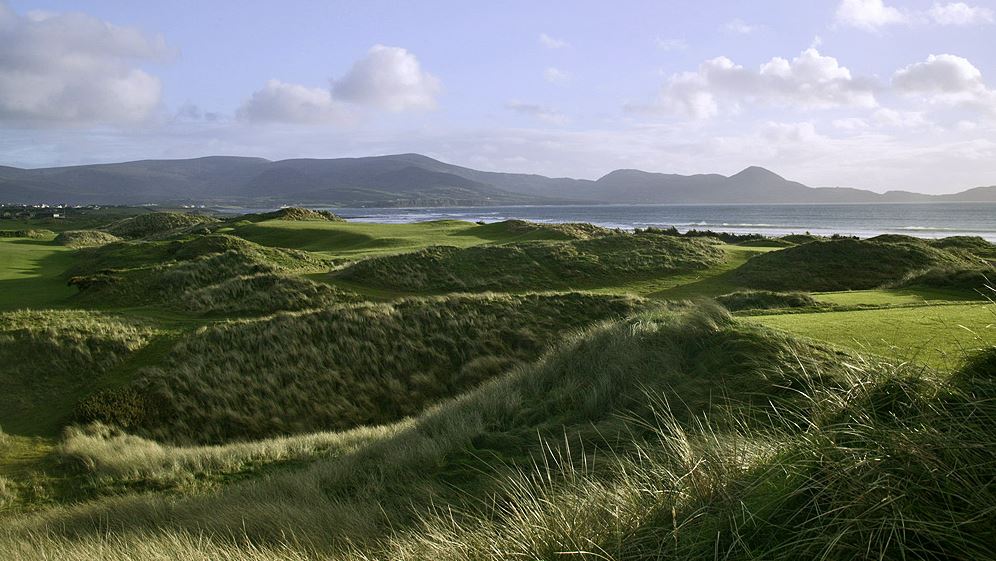
Among the most interesting junctures at Waterville is the 12th hole, a 200-yard par-3. What would have been the original site of the 12th green was a hollow where – up until the early 1800s – Catholics held secret masses and other services outlawed by their British occupiers. When workers were brought in to build the putting surface, they refused: replacing the holy site with a golf green would be a sacrilege.
Another notable anecdote is attached to Waterville’s 16th hole, now a 384-yard par-4. Before Fazio’s remodel, Liam Higgins aced the 16th, then 20 yards shorter. His tee shot carried all the way to the green and found the cup.
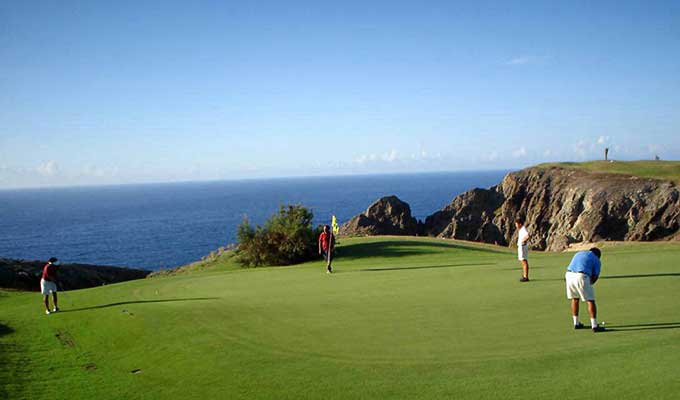
Though he wasn’t commenting about Higgins’ heroics, Fazio summed up this magical place appropriately. “Everything at Waterville is spectacular – the setting is one of the best that I have ever seen anywhere in golf.”
Related posts
Macau Golf & Country Club, China
on Monday 5, MayPerched on a small hill in Coloane Island amidst cliffs and flora and fauna...
Arcos Gardens, the ‘jewel of Andalucia’
on Friday 6, AugustOpened in 2006, Arcos Gardens, located in historic Andalucia in southern Spain, is Landmark’s...
